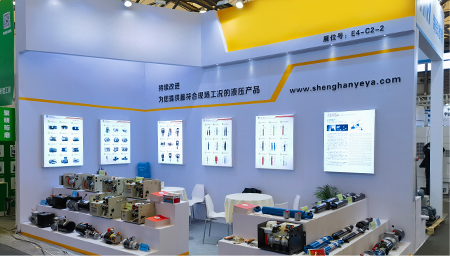Comprehensive Guide to Butterfly Valve Types
Understanding Butterfly Valve Types
Butterfly valves are a popular choice in various industrial applications due to their simple design, lightweight construction, and ability to efficiently control the flow of fluids. They feature a rotating disc that pivots around a central axis, allowing or blocking the flow based on its position. This article will explore the different types of butterfly valves, their unique characteristics, and the applications for which they are best suited.
1. Concentric Butterfly Valves
Concentric butterfly valves are the most commonly used type. They have a simple design that features a disc mounted on a shaft at the center of the valve body. The flow direction does not affect their operation, which makes them versatile for various applications. These valves are ideal for handling fluids with low viscosity, such as water, and are often used in HVAC systems, water supply, and sewage treatment. Their tight sealing capabilities reduce the risk of leakage, making them a reliable choice for many industries.
Eccentric butterfly valves, also known as high-performance butterfly valves, have an offset disc design. This means that the disc is not aligned with the center of the valve body, which allows for a more effective sealing mechanism. The unique design minimizes the friction between the disc and the valve seat, improving performance and durability. Eccentric butterfly valves are well-suited for applications involving viscous fluids, slurries, and high-temperature environments. They are commonly used in the oil and gas, chemical processing, and power generation industries.
butterfly valve types

3. Double Eccentric Butterfly Valves
Double eccentric butterfly valves, or bi-eccentric valves, take the eccentric design a step further by introducing a second offset point. The disc pivots around two axes, drastically reducing the wear on the valve seat and providing a tighter seal. This type of valve is often used in high-pressure and high-temperature applications due to its excellent performance and longevity. Industries such as petrochemicals, pharmaceuticals, and pulp and paper frequently utilize double eccentric butterfly valves for critical processes.
4. Triple Eccentric Butterfly Valves
Triple eccentric butterfly valves feature three offsets, providing the most advanced sealing capability of all butterfly valve types. This design minimizes seat wear and eliminates the risk of leakage even under extreme conditions. Triple eccentric valves are ideal for demanding applications where high pressure, temperature, and corrosive substances are involved. They find use in power generation, LNG (liquefied natural gas) applications, and other critical operations where reliability is non-negotiable.
Conclusion
Each type of butterfly valve has its own set of advantages and is suited to particular applications based on its design and functionality. From the simplicity of concentric valves to the advanced sealing mechanisms of triple eccentric valves, understanding these differences is crucial for selecting the right valve for your needs. Proper valve selection can lead to enhanced efficiency, reduced maintenance costs, and improved safety in various industrial operations. By comprehensively exploring the types of butterfly valves, engineers and procurement specialists can make informed decisions, ensuring optimal system performance and reliability.
-
The Smarter Choice for Pedestrian AreasNewsJun.30,2025
-
The Gold Standard in Round Drain CoversNewsJun.30,2025
-
The Gold Standard in Manhole Cover SystemsNewsJun.30,2025
-
Superior Drainage Solutions with Premium Gully GratesNewsJun.30,2025
-
Superior Drainage Solutions for Global InfrastructureNewsJun.30,2025
-
Square Manhole Solutions for Modern InfrastructureNewsJun.30,2025
-
Premium Manhole Covers for Modern InfrastructureNewsJun.30,2025
